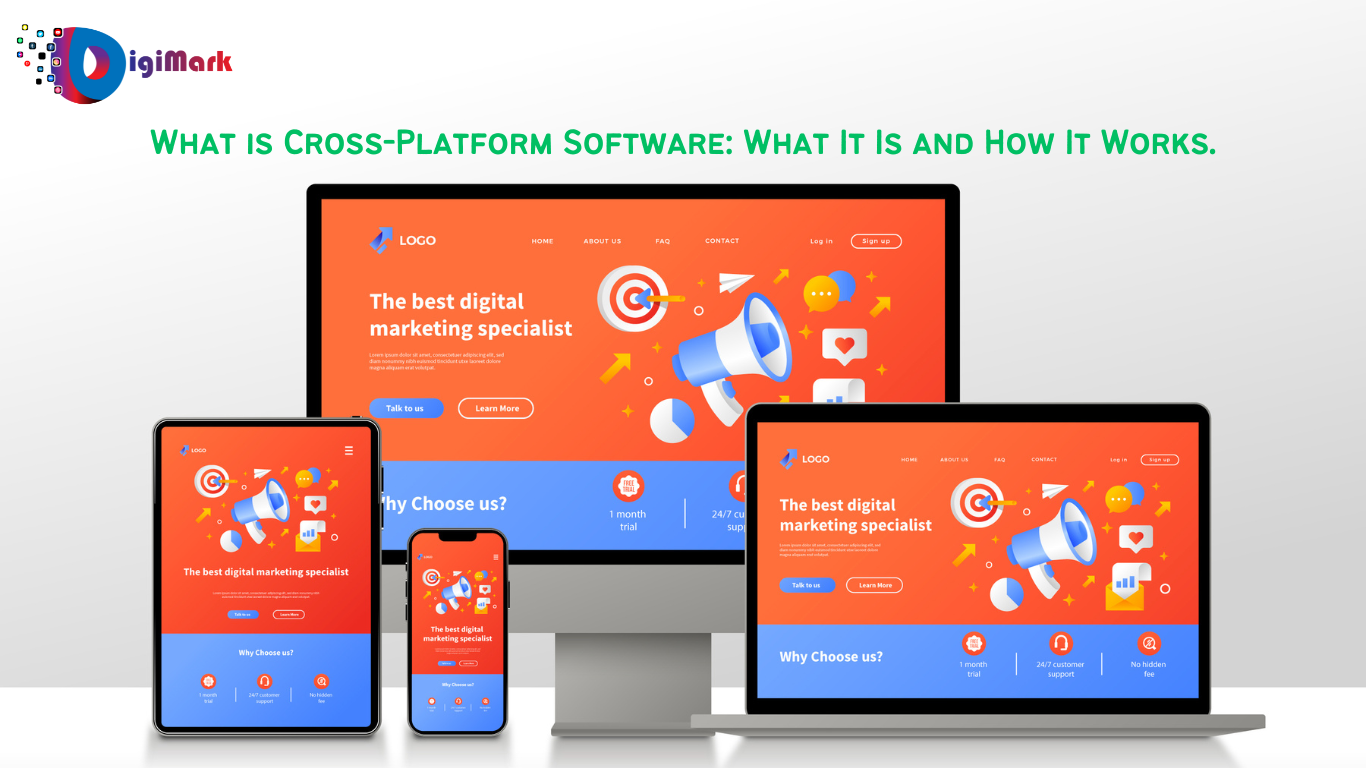
Cross-Platform Software: What It Is and How It Works
In today’s fast-paced digital age, software developers are under constant pressure to create applications that work seamlessly across multiple devices and platforms. Enter cross-platform software, a type of software that can run on multiple operating systems, such as Windows, macOS, Linux, iOS, and Android. In this blog post, we’ll explore what cross-platform software is, how it works, and why it matters.
What Is Cross-Platform Software?
Cross-platform software, also known as multi-platform software, is any software application that can run on more than one operating system. This includes desktop applications, mobile apps, and web-based software. The goal of cross-platform software is to provide a consistent user experience across all devices and platforms, regardless of the hardware or software they’re running.
Some examples of popular cross-platform software include Adobe Creative Cloud, Microsoft Office, and Slack. These applications work on multiple operating systems, so users can access the same features and functionality on their desktop, laptop, tablet, or smartphone, without having to switch between different applications or platforms.
How Does Cross-Platform Software Work?
Cross-platform software can be developed in several ways. One approach is to use a programming language that can be compiled to run on multiple operating systems. Examples of such languages include Java, C++, and Python.
Another approach is to use a software development kit (SDK) or a cross-platform app development framework. These tools provide developers with a set of pre-built components and libraries that can be used to create applications that work on multiple platforms. Some popular cross-platform app development frameworks include Xamarin, React Native, and Flutter.
Why Does Cross-Platform Software Matter?
Cross-platform software is important for several reasons. First, it allows developers to reach a wider audience by creating applications that work on multiple platforms. This can save time and resources, as developers don’t have to create separate versions of their software for each platform.
Second, cross-platform software provides users with a consistent user experience across all devices and platforms. This can improve productivity and user satisfaction, as users don’t have to learn how to use different versions of the same application.
Third, cross-platform software can be more cost-effective for businesses and organizations. By creating a single application that works on multiple platforms, they can reduce development and maintenance costs, and improve overall efficiency.
Conclusion
In conclusion, cross-platform software is an essential tool for developers looking to create applications that work seamlessly across multiple devices and platforms. By using programming languages, SDKs, or cross-platform app development frameworks, developers can create applications that work on Windows, macOS, Linux, iOS, and Android, providing users with a consistent and seamless experience. As technology continues to evolve, cross-platform software will become even more important, enabling businesses and organizations to reach a wider audience and improve productivity and efficiency.
We hope you found this blog post informative and useful. If you’re interested in learning more about technology and web development, be sure to check out WebTechTips.co.uk, a valuable resource for tech, web, and gaming enthusiasts.

